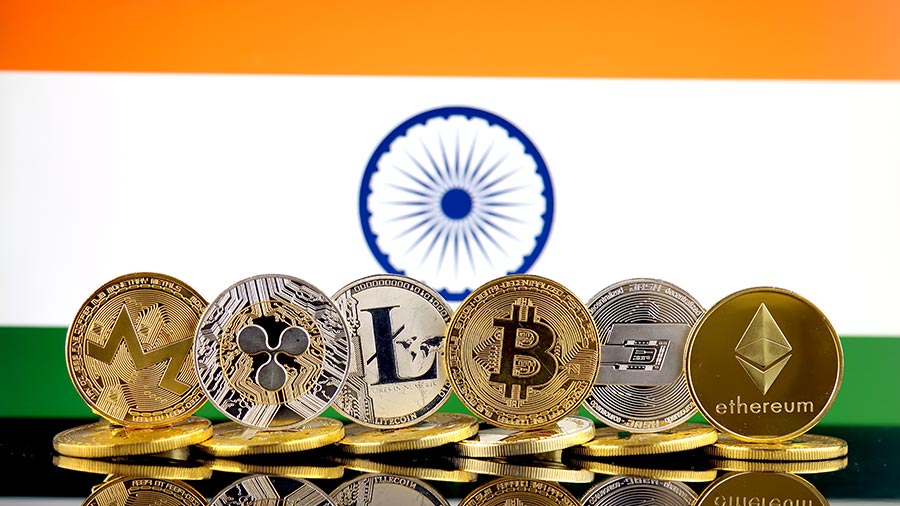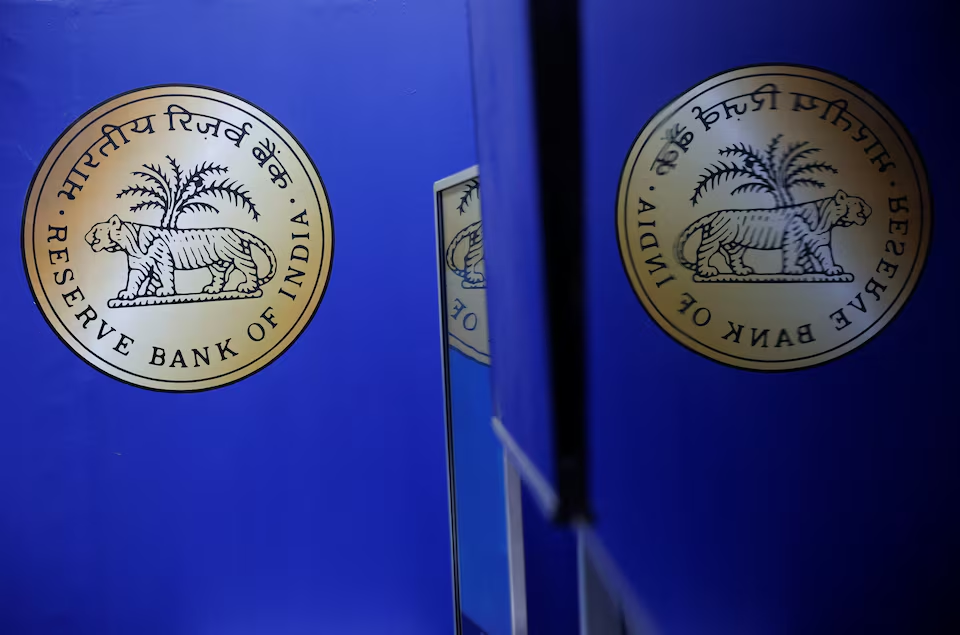Now Reading: Crypto Regulation in India 2025: What Every Investor Needs to Know
-
01
Crypto Regulation in India 2025: What Every Investor Needs to Know
Crypto Regulation in India 2025: What Every Investor Needs to Know

As India steps deeper into the world of digital finance, crypto regulation has become one of the most closely watched topics of 2025. With millions of young investors joining the market from Tier-2 and Tier-3 cities, the government’s evolving stance on cryptocurrencies is shaping how people trade, invest, and even perceive digital assets. The coming months could define the long-term future of crypto in the country.
Currently, India does not recognize cryptocurrencies as legal tender, but trading and holding them is not banned either. This grey area has led to confusion among investors, especially those entering the market through mobile apps and exchanges. The government has already introduced a 30 percent tax on profits from virtual assets, along with a one percent TDS on every trade, which continues to impact trading volumes across the country.
In 2025, discussions within the Finance Ministry and RBI are expected to focus on building a more structured framework. The aim is to prevent misuse while still allowing innovation. Experts believe that future laws could introduce licensing requirements for exchanges, stronger KYC norms, and clearer disclosure rules for new crypto projects. Such steps could protect users in Tier-2 cities, who are often more vulnerable to misleading ads or fraudulent investment schemes.
For investors, the challenge lies in understanding what these regulations mean for their portfolios. While taxation remains high, the government’s approach appears to be shifting from restriction to supervision. Instead of banning crypto outright, policymakers are exploring how it can coexist with India’s official digital rupee, known as the CBDC. This balanced approach could bring more legitimacy to the market and attract institutional participation.
However, the industry still faces uncertainty. Lack of a dedicated law means every exchange must interpret tax and compliance rules carefully, often leading to delays and inconsistencies. Smaller traders, especially those in non-metro regions, struggle with sudden changes in policy or unclear communication from platforms. Awareness campaigns and financial education programs are needed to help these investors make informed choices.
Another growing concern is the rise in scams and fake investment tokens. Many new investors from smaller towns are drawn by promises of quick profits, only to lose money in unverified projects. Future regulations may require stricter advertising controls and background checks for coin listings, which could help clean up the space.
Despite the challenges, India’s crypto community remains active. Developers continue to build blockchain-based applications for real-world use, and startups are finding ways to comply with evolving laws. With the global crypto market stabilizing after years of volatility, Indian investors now see regulation as a necessary step toward long-term stability.
The next phase of crypto in India will depend on how effectively regulation balances innovation with protection. If done right, it could give confidence to millions of small-town investors who are ready to explore digital assets but need clarity and safety. For now, patience and awareness remain the best tools for anyone navigating India’s changing crypto landscape.

























